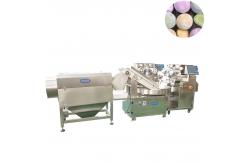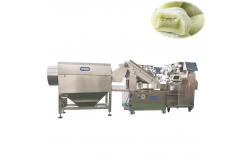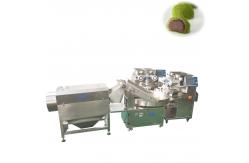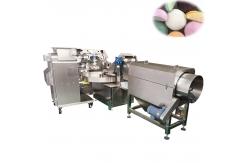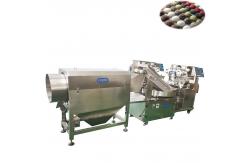Sticky Date Ball Production Line Efficient & Automated Snack Manufacturing
|
Introduction to Sticky Date Ball ProductionSticky date balls are a popular healthy snack made from dates, nuts, seeds, and natural sweeteners. To meet growing demand, manufacturers use automated sticky date ball production lines for high efficiency, consistency, and food safety compliance. This guide covers the key stages, machinery, and benefits of setting up a production line. Machine working videos Key Stages in Sticky Date Ball Manufacturing1. Ingredient Preparation & Mixing
2. Forming & Shaping
3. Coating & Flavoring (Optional)
4. Cooling & Drying
5. Packaging & Quality Control
Why Choose an Automated Production Line?✅ Higher Output – Produce 500–1,000 kg/hour with full automation. Conclusion: Start Your Sticky Date Ball BusinessAn optimized sticky date ball production line ensures efficiency, scalability, and premium product quality. Whether you're a startup or an established brand, automation helps meet market demand while keeping costs competitive. |
| Product Tags: Efficient Sticky Date Ball Production Line Automated Sticky Date Ball Production Line |
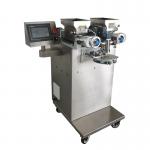
|
Tapioca Pearls Making Machine 200pcs/min Fully Automatic Production Line |
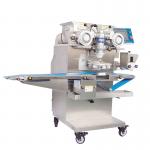
|
Papa P160 Encrusting Machine Meatball / Fish Ball Forming Machine |
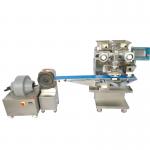
|
Automatic Bliss Ball Production Line 1.75kW 1 Year Warranty |
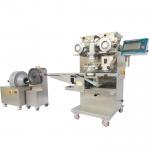
|
Papa Machine Automatic Date Sesame Ball Production Line Best Seller in Middle East |

|
Sticky Date Ball Production Line Efficient & Automated Snack Manufacturing |
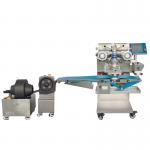
|
304 Stainless Steel Protein Ball Rolling Machine Easy Operate 2400*860*1300MM |

